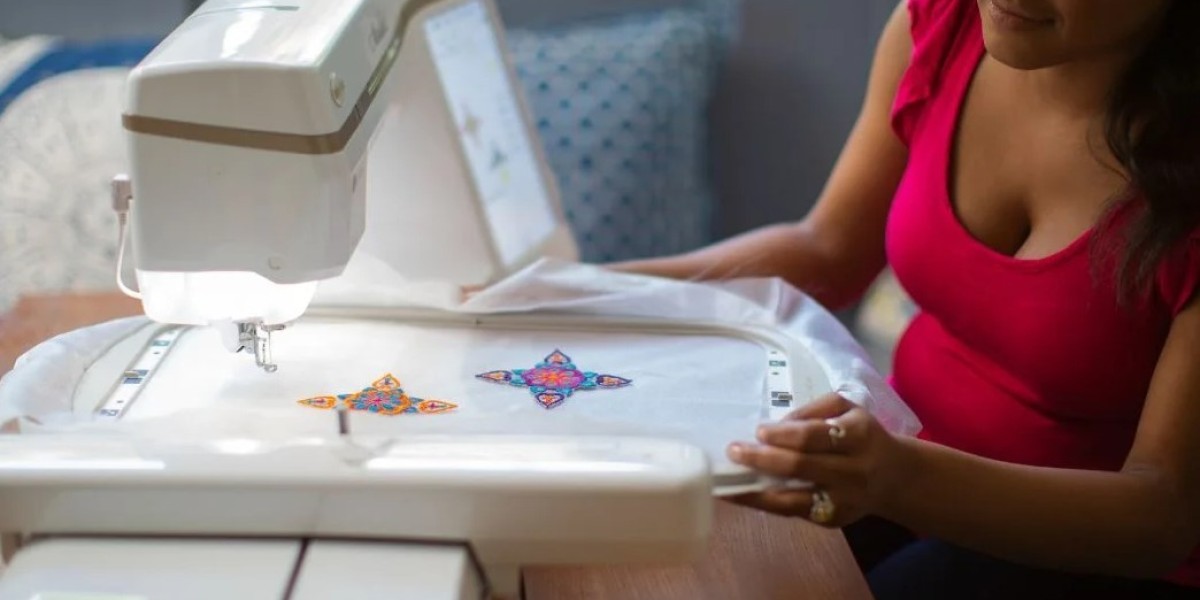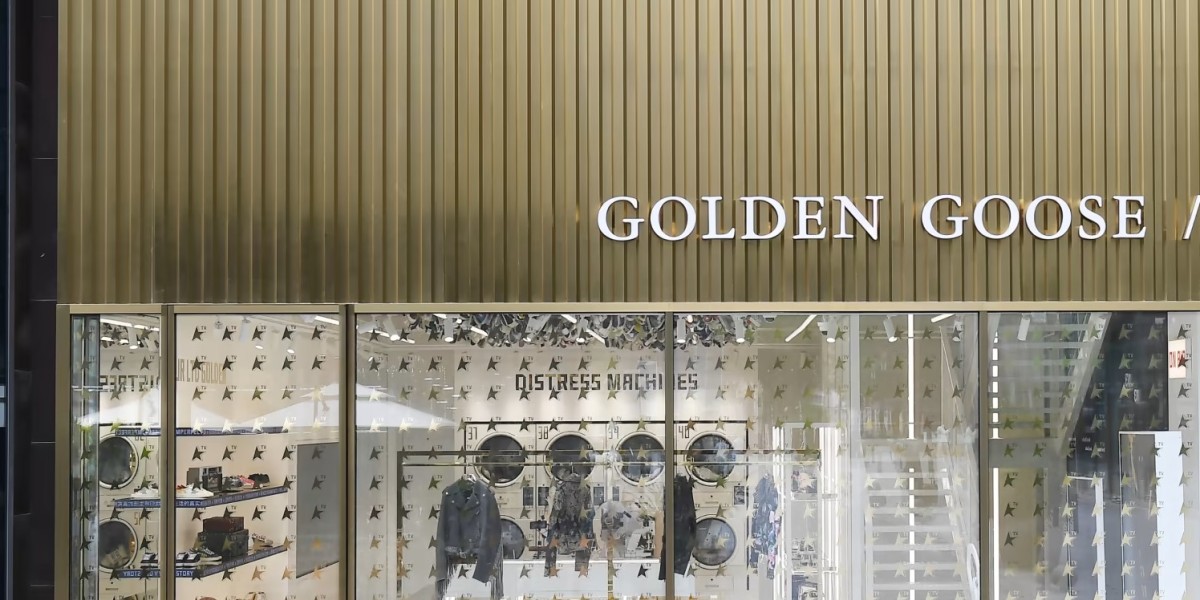Fashion has always been a powerful form of self-expression, but in a world of mass-produced clothing, standing out can be a challenge. That’s where custom embroidery digitizing comes in—transforming ordinary garments into unique, personalized statements. Whether it’s a branded logo on a work uniform, intricate floral patterns on a denim jacket, or a one-of-a-kind design on a hoodie, custom embroidery digitizing services adds texture, depth, and individuality that prints and patches can’t match.
Why Custom Embroidery Digitizing is Changing Fashion
Unlike screen printing or vinyl heat transfers, embroidery is tactile and durable. It doesn’t crack or fade after multiple washes, making it a favorite for brands and designers who want longevity in their designs. But how does a digital image become an embroidered masterpiece? That’s where digitizing plays a crucial role.
Digitizing is the process of converting artwork into a stitch file that embroidery machines can read. A skilled digitizer doesn’t just trace an image—they interpret it, choosing stitch types, densities, and sequencing to ensure the design looks flawless on fabric. This precision is what sets high-end fashion apart from generic, off-the-rack pieces.
The Art and Science Behind Embroidery Digitizing
At first glance, digitizing might seem like a technical task, but it’s really a blend of creativity and engineering. A well-digitized design accounts for:
- Fabric Type – Stitching on stretchy jersey requires different settings than stitching on thick denim.
- Thread Tension – Too tight, and the fabric puckers; too loose, and stitches look sloppy.
- Stitch Direction – The angle of stitches affects texture and durability.
- Underlay Stitches – These hidden foundation stitches stabilize the fabric before the top stitches go on.
Without proper digitizing, even the most beautiful design can turn into a tangled mess. That’s why luxury brands and independent designers alike invest in professional digitizing—it ensures their vision translates perfectly onto fabric.
Custom Embroidery in Branding and Personal Style
1. Fashion Brands & Logos
High-end labels like Gucci, Ralph Lauren, and Supreme use embroidery to elevate their branding. A small, meticulously stitched logo on a polo shirt or cap conveys exclusivity and craftsmanship. Even streetwear brands leverage digitized embroidery to create limited-edition pieces that feel more premium than printed graphics.
2. Personalized Apparel
From monogrammed initials on a backpack to custom patches on a bomber jacket, embroidery lets people wear their identity—literally. Unlike prints, which can look flat, embroidered designs have a 3D texture that catches the eye. That’s why custom embroidery is booming in DIY fashion, where individuality is key.
3. Corporate & Team Wear
A well-digitized company logo on uniforms or promotional merchandise looks professional and lasts longer than printed alternatives. Hotels, sports teams, and corporate offices use embroidery to reinforce brand identity while ensuring durability.
The Rise of DIY Embroidery Digitizing
With advancements in software, digitizing isn’t just for professionals anymore. Hobbyists and small business owners can now experiment with programs like:
- Ink/Stitch (free, open-source)
- Hatch Embroidery (user-friendly, subscription-based)
- Brother PE-Design (great for home embroidery machines)
While auto-digitizing tools exist, the best results still come from manual adjustments. Learning the basics—like stitch types, pull compensation, and density settings—can help even beginners create impressive custom designs.
Challenges in Embroidery Digitizing (And How to Overcome Them)
1. Complex Designs Don’t Always Translate Well
Highly detailed artwork with gradients or tiny text can turn into a blurry mess when stitched. Simplifying designs—using bold outlines and limiting colors—often yields better results.
2. Fabric Choice Matters
Stretchy or delicate fabrics like silk require stabilizers and adjusted digitizing settings to prevent warping. Testing on scrap fabric before stitching the final piece saves time and materials.
3. Thread Breaks & Tension Issues
Poorly digitized designs can cause thread breaks or uneven stitching. Adjusting stitch length and underlay helps, but sometimes, a redesign is necessary.
The Future of Embroidery in Fashion
As sustainable fashion grows, consumers are shifting away from fast fashion toward durable, customizable pieces. Embroidery fits perfectly into this trend—unlike cheap prints that peel, embroidered designs last for years. Innovations in digitizing software and multi-needle embroidery machines are also making custom designs more accessible to small businesses and independent creators.
Final Thoughts: Why Embroidery Digitizing is Here to Stay
In a world where personalization and quality matter more than ever, custom embroidery digitizing bridges the gap between art and apparel. Whether it’s a luxury brand reinforcing its prestige or an individual expressing their creativity, embroidery adds a tactile, high-end touch that other decoration methods can’t replicate.
The next time you see an embroidered logo on a hat or an intricate design on a designer jacket, remember—it all started with digitizing. And with the right tools and knowledge, you can create your own wearable art, too.
Have you tried custom embroidery digitizing? What’s your favorite embroidered fashion piece? Share your thoughts below!








